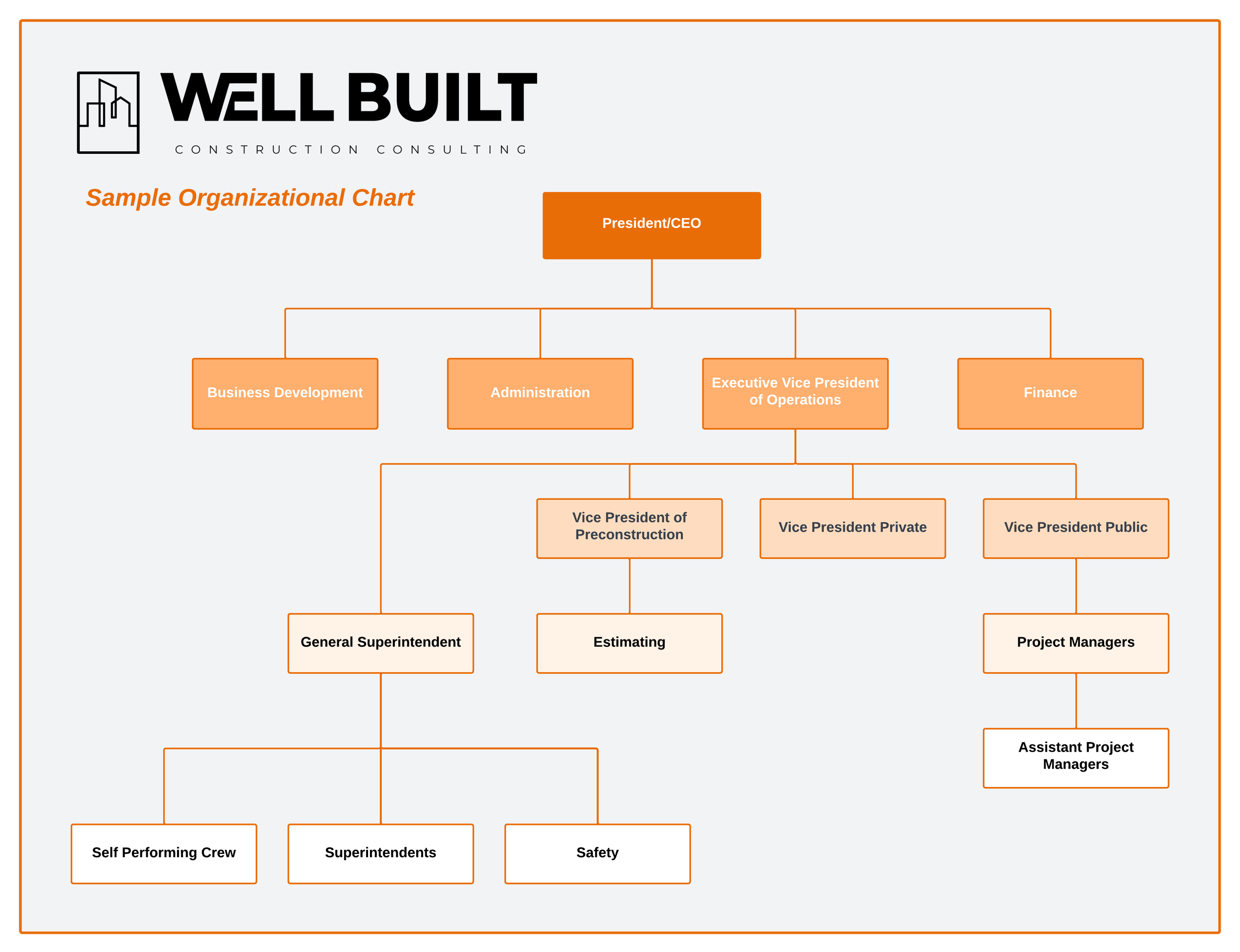Make Yourself Replaceable
Like what you see? Consider subscribing to get the latest articles here.
“Everyone is replaceable. Replace yourself.”
Surprising words to hear from the top executive in your business, but, sitting in a company-wide annual planning session, these were exactly the words of the President of one of our General Contractor clients.
At first, I was hesitant. I imagine quite a few people in the room felt the same way.
“What does he mean, everyone is replaceable? Is my job in jeopardy?”
As I’ve gotten to know this leader, I’ve started to understand that he didn’t mean the words as a threat but rather as motivation. And as I’ve reflected, I think I get his point: Each of us should be trying to replace ourselves because when we do, we allow a) ourselves to advance to the next level in our organization and b) someone else to step into our shoes and take on the next phase in their growth. We must be replaceable if we want ourselves and our companies to grow!
So, removing the shock factor, what can we learn from this challenge to replace ourselves?
To me, it’s that if you want personal and company-level growth, you need to consciously take steps toward moving your career forward and preparing the people behind you to do the same. But how do you go about doing that? That’s what we’re going to cover today.
Understanding the Org Chart
Before you can replace yourself, you need to understand where you’re going.
The best way to do that is to review your company’s organizational chart and determine the next position in your career path. If your company doesn’t have one, then sketch one yourself! Although how to develop an org chart is outside the scope of this newsletter—(and will be covered in a future newsletter, by the way)—the long and short of it is you must illustrate the reporting structure of each position in your department.
It can be super simple, but ultimately it should show you which position is next in your career path—typically your boss’s position—and subsequently who would be the candidates to replace you in your current position—typically your direct reports.
Once that is clear, take time to review your boss’s job description and key competencies. Whatever competencies you are missing are the ones you need to work on to replace them.
Then, review your job description. Who from your team is best suited to fill your role? What competencies are they missing? Make a list.
Now you’re ready to take steps towards replacing yourself.
Personal Development
Using your list of necessary competencies, create 1-3 goals and subsequent actions/habits that will allow you to get better in your desired area(s). One example may be:
Competency: Conflict Resolution
Goal: Become excellent at handling internal and external conflict
Actions/Habits: Read a book on conflict resolution, Have 1 hard conversation per week, resolve project disputes immediately rather than waiting, roleplay conflict scenarios with direct reports once per month
Repeat for every competency, create yourself a spreadsheet to track your progress, and go do it! It’s not complicated: if you want to get better, put in the work to get there.
This is the best way I have found to do that.
Training and Development
Remember: it’s great if you’re ready to move up, but if you don’t have someone ready to replace you? It’s hard for a boss to justify letting you advance.
So, the final step in replacing yourself is training and developing your direct reports to take over your responsibilities. The best way to accomplish this is through a combination of coaching and training:
Training = knowledge transfer, i.e. giving your people the information they need to be successful in your role
Coaching = skill development, i.e. roleplay specific situations, give additional responsibilities, and provide feedback and advice along the way
Scheduling a weekly 1-1 coaching call is a great way to monitor your people’s progress and ensure they have the support they need to keep improving.
In general, training, coaching, and developing others is a HIGHLY valuable skill, and will prepare you for your future as well. Plus, your people will feel loved, invested in, and appreciated, which goes a long way to having a sustainable line of leaders working through your organization. Win-win.
Spark Notes:
While I may not love the saying, “Everyone is replaceable. Replace yourself”, it’s hard to argue against the merits of preparing yourself and others to advance.
If you want awesome career growth and want to support your people in doing the same, then do these 3 things:
Study your org chart
Develop the competencies for your next role
Train and coach your direct reports to take over your role
If you do all three, you’ll be replacing yourself in no time.
Go get started tomorrow!

